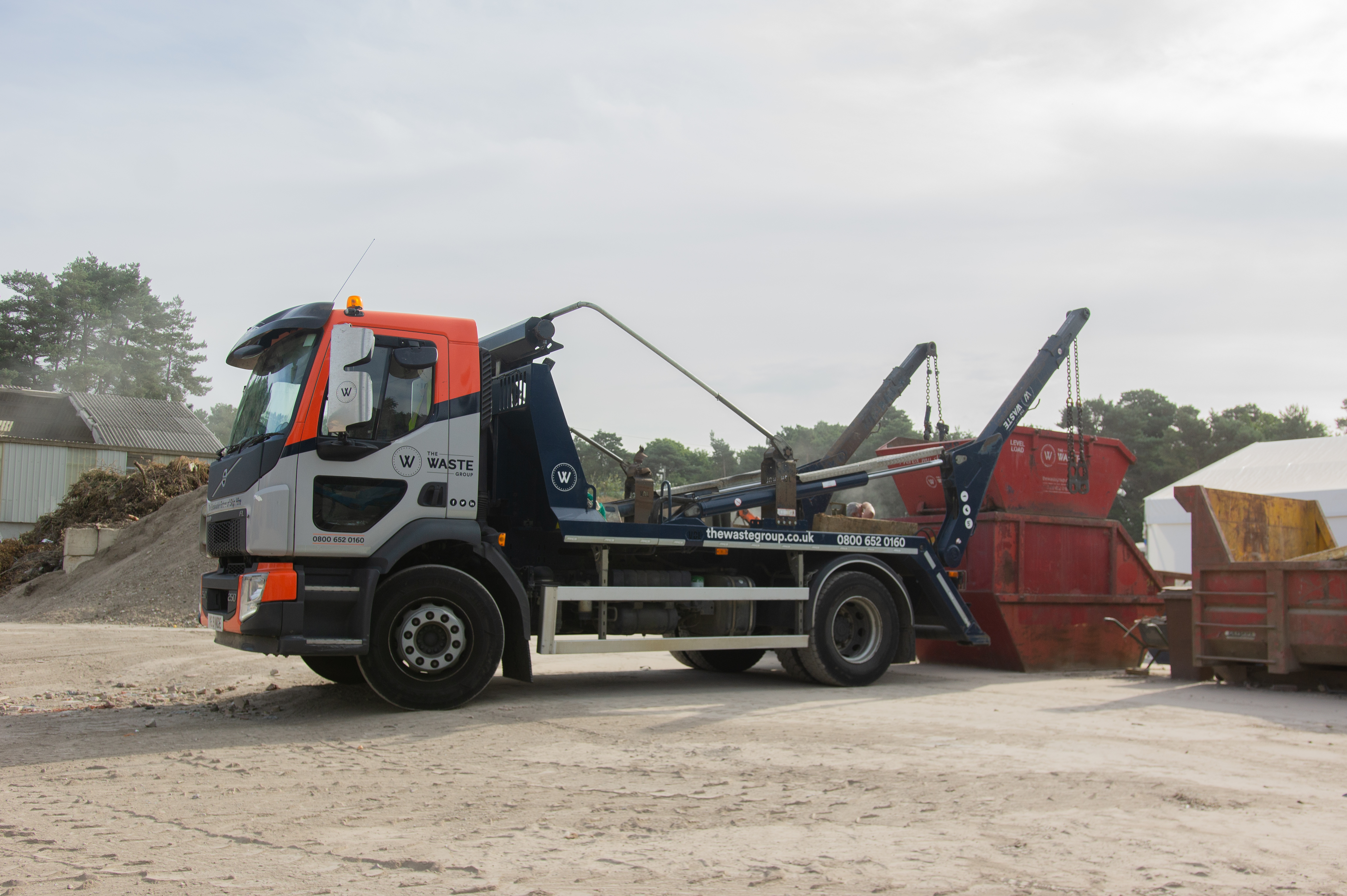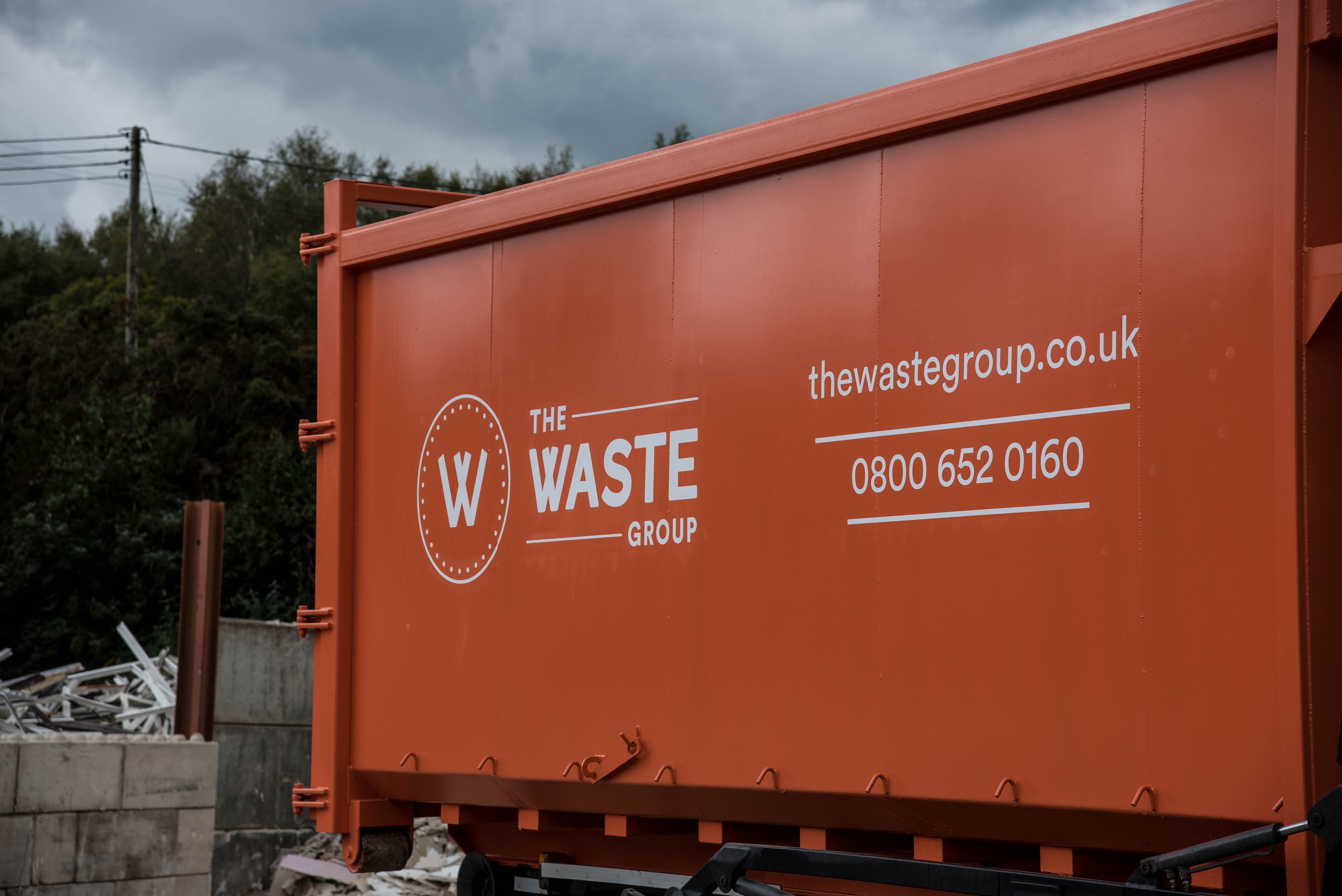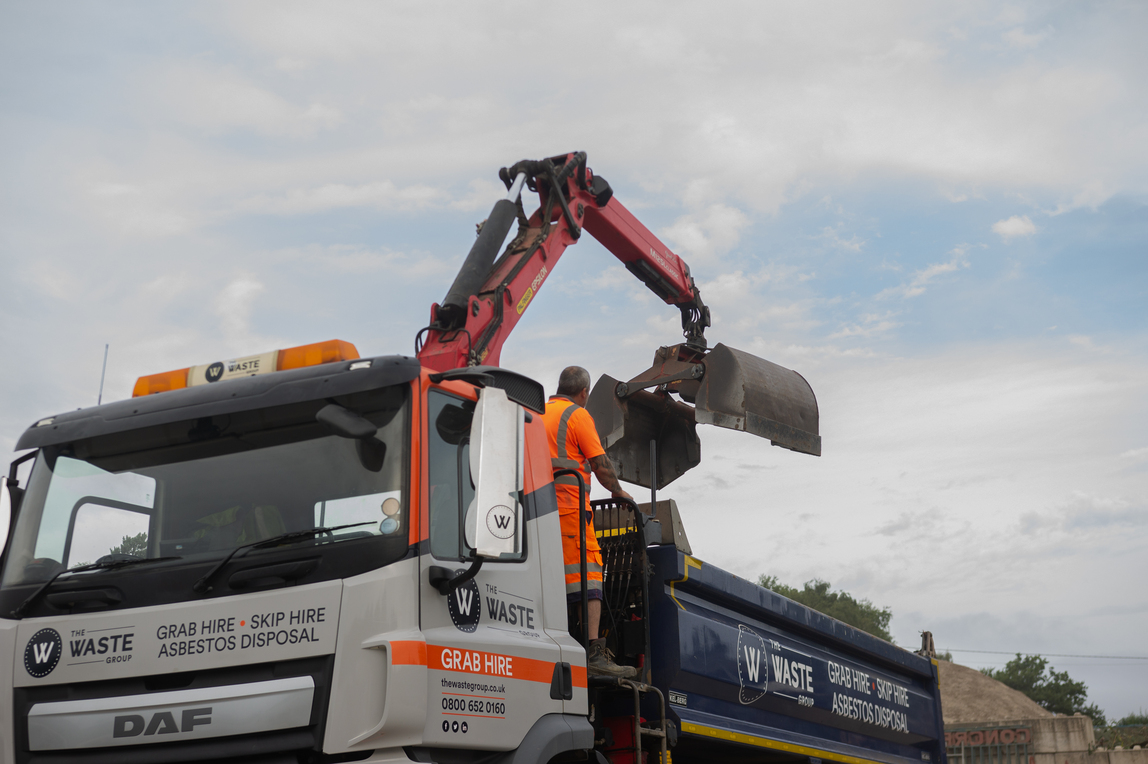How High Can I Fill My Skip?

Hiring a skip is a great way to manage the waste from your home renovation or clear-out, and you can make the most of your skip hire by loading it efficiently.
We’ll share tips on how to pack your skip effectively to make the most of the available space and save money on your project.
Overloading skips explained
An overloaded skip can cause annoying hassle at best, and severe harm at worst. There are fines associated with overloaded skips, and legal penalties for filling skips beyond the maximum fill level.
What’s more, if you fill a skip too much, the recycling centre may refuse to accept it. Local councils and recycling centres enforce strict rules on this to avoid financial losses and minimise safety hazards. The lifting mechanisms that move skips in a waste management facility have weight restrictions. A skip filled above the maximum fill lines could cause the machinery to snap, leading to costly repairs, and placing the recycling centre crew in serious danger.
Plus, if you can’t empty your skip, you risk delaying your project until the skip is appropriately filled.
Skip height restrictions
In addition to overfill restrictions, skips are subject to height restrictions. Skips that are too tall or filled too high pose a risk to the general public during transport. Filling your skip to the correct height ensures that it can safely travel to the recycling centre, take turns without tipping, cross bridges without damaging them, and stop when needed.
How to maximise your skip space
The goal is to avoid overfilling your skip while disposing of as much waste as possible. Here’s what we suggest to make the most of your space:
Break down large or bulky items
Larger items should be broken into smaller parts before they’re placed in the skip. That way, you make these items as small as possible, saving space in your skip. You’ll also be able to recycle any metal or plastic components accepted in your local recycling centre, saving further space.
Layer your waste items
If you place a flat item atop bulky items or rubble, you’re using your skip hire inefficiently, wasting space that could otherwise be filled. Make more space in your skip by laying flat items on the bottom.
Fill gaps with smaller waste and loose debris
Once you’ve placed your bulky and flat items in the skip, you can fill in the space around them with loose debris and smaller bits of waste. If you have awkwardly-shaped waste items, place them inside or under other waste where they can sit snugly and take up as little space as possible.
Distribute weight evenly
Balanced weight distribution makes it easier for your skip hire company to remove the skip without spilling any of its contents. When placing items in the skip, try to distribute the weight evenly. Remember that garden waste, like soil, is extremely dense and can be heavier than expected!
Prepare your waste for the skip
You can maximise your skip efficiency by sorting your waste into 4 categories:
- Recyclable: Anything you typically recycle should be taken to a licensed recycling centre.
- Hazardous: Substances like liquid waste, electrical items, paints, solvents, oils, and medical waste require specialist disposal. Set these items aside, and don’t dump them in your skip.
- Bulky: If you toss your bulky items into the skip without breaking them down first, you won’t have enough room for smaller items.
- General: Place general waste items in the skip and pack as tightly as possible.
Always pack with care. Waste can shift while filling, causing heavy waste or bulky items to crush anything – including you!
What not to include in your skip
Several types of waste should never be placed in a skip:
- Hazardous chemical waste
- Electrical items
- Asbestos
- Medical waste
- Tyres
- Glass bottles
- Flammable or explosive materials
- Refrigerators and air conditioners
- Liquid waste
If you have these types of waste, you can usually dispose of them in your local recycling centre. Read this blog to help determine whether or not your waste can go in the skip. Or check out this page for a full list of what can and can’t go in your skip.
When you pack your skip hire correctly, you’ll avoid overloading while removing as much waste as possible.
Choosing the right skip size to avoid overfilling
You can avoid an overloaded skip by choosing the right skip size. Skip sizes vary significantly, from mini skips perfect for a minor garden cleanup to industrial-sized skips that can handle a whole home renovation. Estimating how much waste you think your project will generate can be tricky, but this page can tell you more about finding the right skip size for your project.
You’ll also need to consider which skip type is best for your project. Skips can be open or closed, meaning they include a cover that prevents other people from dumping their waste in the skip you paid for (a practice called fly tipping).
You can also order roll-on, roll-off skips that come equipped with wheels. These “ro-ro skips” can be hitched to a large truck and wheeled away when full of heavy waste.
But ro-ro and other huge skip sizes are generally reserved for large-scale construction projects. Most home renovation projects require something between a 4-yard and a 12-yard skip.
Looking for skip hire? Look no further than The Waste Group!
When you work with us, you get more than a cost-effective waste management solution. We’re the environmentally responsible choice for skip hire, with sustainability at the heart of all we do.
Did you know that The Waste Group offers nationwide skip hire services? Request a quote, and we’ll help you find the correct size skip for your project.



